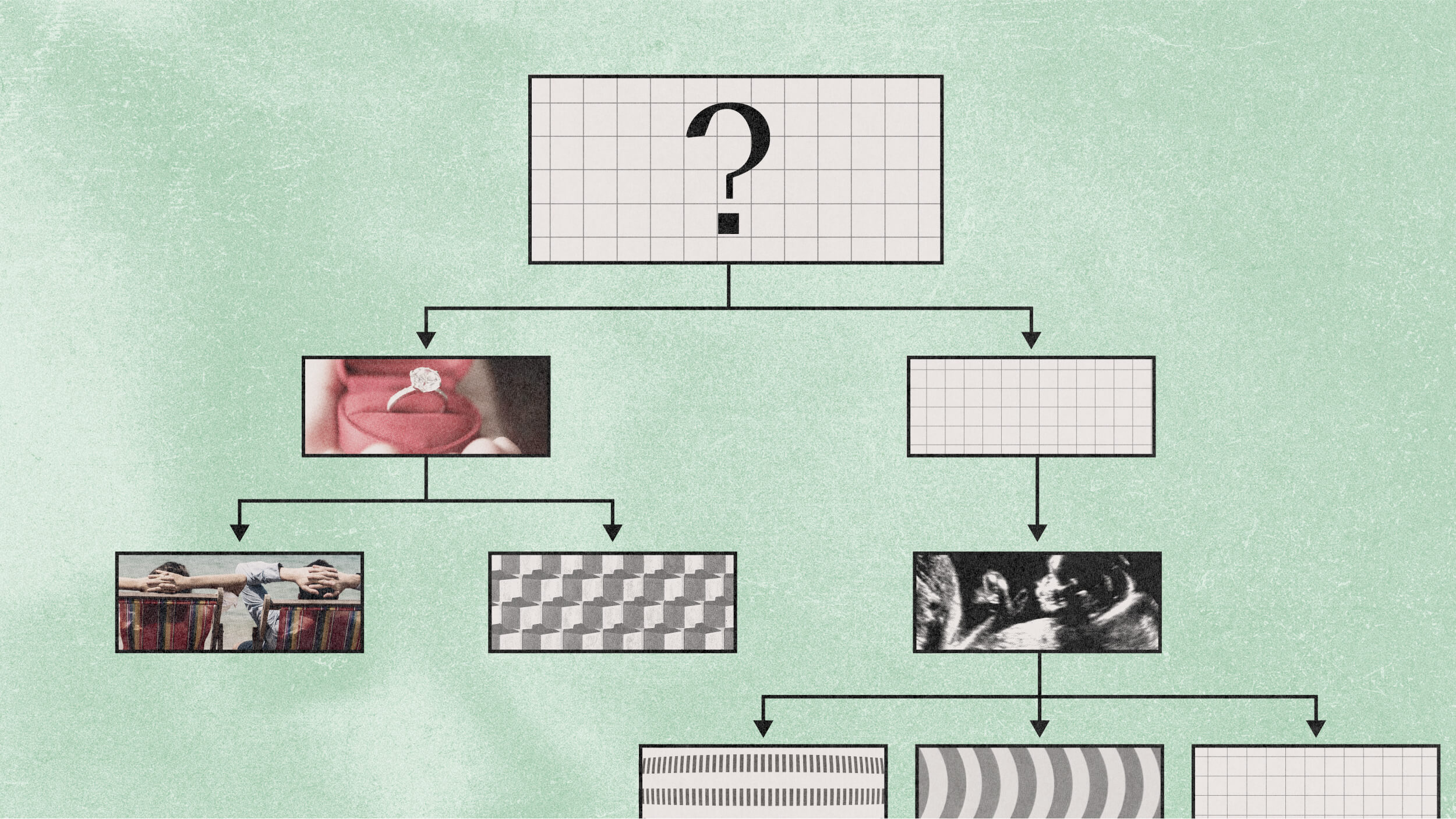Steven Brams’ solution to math’s “cake-cutting problem” can be applied to everything from divorce settlements to land disputes in the Middle East. But does he use it on his own birthday?
Question: How can your work on fair division theory be applied to political problems?
rnSteven Brams: Well we actually did apply one of our procedures to the 1978 Camp David Agreement between Israel and Egypt, which eventuated in a peace treaty in 1979. And there were several major issues dividing Israel and Egypt; the return of the Sinai after the ’73 war, which had been captured in the ’67 war for Israel, was recognitioned, diplomatic recognition by the Egyptians. And there were several other issues. And we assessed how important winning on these issues, getting one’s way, was to Israel was on the one hand and Egypt on the other. And we had given these attributions of importance using the algorithm to determine who would win on what issues. And it pretty much matched the actual agreement which took many months to negotiate; actually many years. And we think it would have been a much more efficient way to use the algorithm to determine who would win on what issues. And it pretty much matched the actual agreement, which took many months to negotiate, actually many years, and we think it would have been a much more efficient way to use this procedure and have countries indicate their interests using the procedure and then the procedure, the algorithm, would say who wins on what issues.
rnAnd it also can be used in more mundane circumstances, in dividing the marital property in a divorce. Again, you indicate how important it is to get the car, the house, the boat, the children, and so on, and it tells who gets what. And what we’ve found using these procedures is that most disputants can get between two-third and three-quarters of what they want because they want different things.
rnSo, if you use an algorithm that does things fairly, makes the division what we call “envy free” so you don’t envy what the other person got because you got at least as much, it makes it equitable so that you both get the same amount, about 50%, that because the parties want often different things, they both can win. So, we actually call this a win-win solution. But we give more than that, an algorithm for making this division. So that’s some of the work that we’ve done on fair division.
rnAnd then we’ve done more theoretical work. This is work primarily with Allen Taylor, the mathematician at Union College. We came up with an algorithm for cutting a cake. Not just dividing separate goods like the house, the car, the boat, and so on. But what if the cake is something divisible, like land. How do you divide the land so that it satisfies these fairness properties and we came up with a cake cutting algorithm that basically generalizes the procedure everybody knows; I cut, you choose. That’s for two people. One person cuts 50/50 in terms of his preferences, and the other person will chose one half or the other. But her preferences are likely to be different from his preferences. So, she’s going to see one piece is worth more than 50%, but he, the cutter, has protected himself by dividing it 50/50. So I think we are all familiar with that. But how do you extend that to three persons, or four persons? So that’s what the algorithm did with the cake cutting algorithm. It’s actually very complicated so we’re not recommending this to be used practically to divide cake. So we came up with other procedures that are more practicable. And NYU, my university, actually patented one of these algorithms. It’s called Adjusted Winner. It’s a point allocation algorithm. So I’m the only political scientist I know with a U.S. Patent, and it’s an unusual patent. I think it was the first patent every issued for a legal dispute resolution procedure. Now, NYU has licensed the patent to a Boston law firm and a company has been formed called Fair Outcomes, Incorporated. It has a portfolio of these algorithms for settling disputes. And it’s in its embryonic stage, so I can’t report much on what’s happened. But I think that it’s a better way to solve disputes than the usual legal proceedings, which can be very costly to the litigants. They end up paying the lawyers most of their fees and it’s also usually quicker to use an algorithm than to litigate or simply negotiate sometimes over weeks, sometimes over months with a party you don’t particularly get along with. So, I’d like to see more of this actually used. And I’ve talked to bar associations and lawyers groups about this, and while some lawyers, of course, see their billable hours going down the drain if an algorithm is used rather than they’re using their great negotiating skills. But others see this as a procedure which would help them. And they could use their hours for more constructive purposes; advising people and to use this algorithm well. It’s a very simple algorithm. And to publicize it, we wrote this book, a popular book called The Win-Win Solution, which has not been translated into six languages. So, it seems to be attractive to people around the world. And we hope the company sells this idea and makes dispute resolution less burdensome and less trying for people.
rnQuestion: Will you apply your solution to the cake-cutting problem on your 70th birthday this year?
rnSteven Brams: Oh, well what I’m – in birthday parties, not necessarily my own, I’m usually the one asked to cut the cake, because I have done these kinds of things. But no, it’s a little too complicated if there are a lot of people. So, I am not recommending that this particular algorithm be used. But the one whereby you allocate points is very simple. It’s applicable to basically two-party disputes; those tend to be the most common. And we get some very nice properties out of it. We get the fact that not only is it envy-free, not only do both parties get the same amount – get more than the other party, but they get the same amount, about 50%. And it’s efficient, which means that there’s nothing better for both of them out there. So it has these kinds of guarantees which I think make the solution very attractive. And we’ve actually tested this in the laboratory and it’s been used in real life in a few cases, and it seems to work very well. So, we hope more people come around to the idea that this is, I think, the way to settle disputes. The alternative it’s actually called alternative dispute resolution, ADR, tends to take a more psychological approach. There’s a famous book called “Getting to Yes,” by Fisher and Ury, that says that if you communicate clearly, if you take into account the other side’s interests, you both can win also. I think the problem is that this is kind of naïve because people have strong incentives to exaggerate or to posture in negotiations. And what algorithms do is prevent that. It’s in your interests to be truthful, otherwise you may hurt yourself. In the absence of algorithms and in the absence of this kind of discipline, given my algorithm, you can give advice that you should be honest and communicate clearly, but that might not be in your best interests. That might not be rational. So, I think we need something more than what I call the “feel-good” approach.
Recorded on February 2, 2010
Interviewed by Austin Allen





